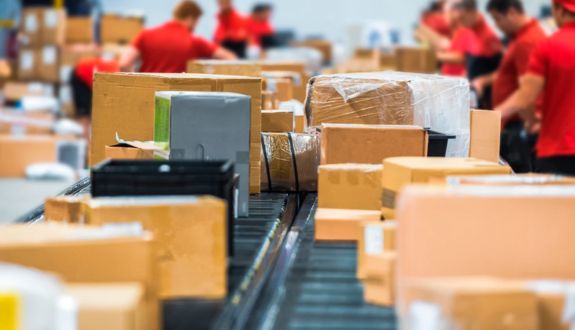Most distribution centers are built around the concept that after items are received, they are put away in large quantities, and then picked in smaller quantities for order shipment. When there is a return, it is similar to having a fish swim upstream in a large fast-moving river. That’s because most distribution centers are not built to manage bringing product back into the facility in small quantities.
E-commerce distribution centers are somewhat better at managing returns, simply because the products they pick typically go out as a single quantity so they are better equipped to handle returns in single, or “each”, quantities. But even then, returns can create unique challenges for workflows. In fact, some larger operations have facilities devoted solely to processing returns.
These organizations may use warehouses and distribution centers around the country and then, for simplicity and efficiency, run all their returns through separate reverse logistics distribution centers.
Ascent Warehouse Logistics’ software comes standard with a robust Stock Returns feature set, and in fact, the software can be configured to handle a facility that does nothing but stock returns.
Reverse logistics and returns operations are challenging in a variety of ways.
First, returns require process capabilities for determining whether it is optimal for them to be shipped back to their vendor, destroyed, refurbished, or resold. Then, the products may need to go through a number of different condition states before they can be appropriately dispositioned.
For instance, if a return cannot be resold but can be refurbished, it cannot be sold as if it was in new condition. It will need a new SKU/product number or lot number to distinguish it from the original SKU/product number in new condition. Unlike new products that are received into a warehouse and cleared through required inspections, these returns may not be available for orders immediately, if ever.

Typically, there is a returns process within the ERP system or WMS called a return material authorization (RMA) process. The RMA process includes identification from the customer that a return is coming inbound, so the distribution center is aware of it in advance and has some information about why the item is being returned. Once the return is received, it still must be evaluated, reviewed, and dispositioned because often, the RMA information from the customer does not match the condition of the product.
For order returns in distribution centers, ERP’s can manage RMA processes with customers; however, ERP’s cannot handle the disposition of returns once they come in the door. The order return and reverse logistics process is so complicated that it is best managed by a robust WMS or a solution with WES and WCS capabilities. Ascent Warehouse Logistics’ WMS software suites accommodate the RMA process and can automate it to make it very efficient.
